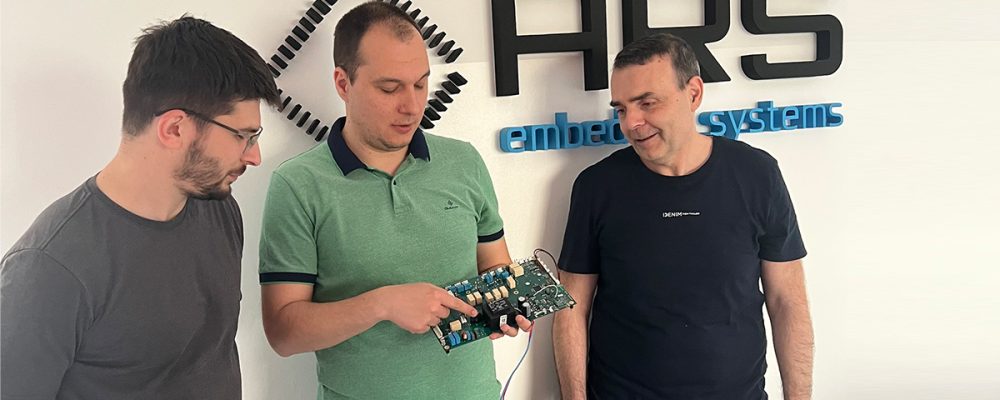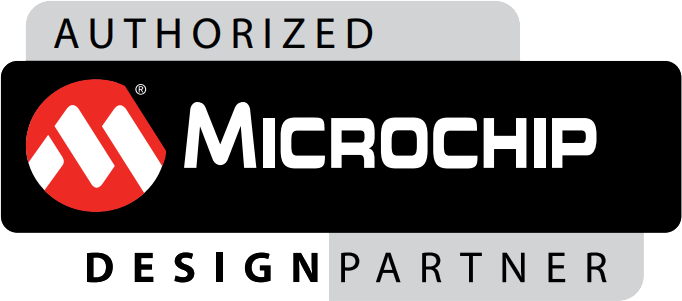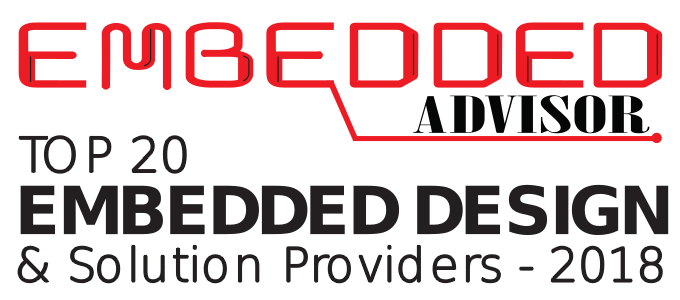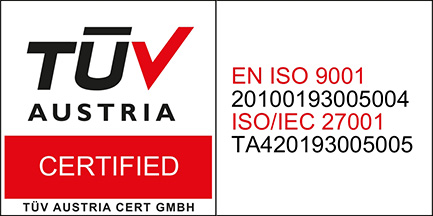
How We Created a New Product with Old Functionality Using New Hardware and Software?
Fischer Electronic Solutions, a member of the Fischer group of companies, specializes in the development and production of industrial control electronics, as well as providing services through a wide range of flexible modules for individual and professional solutions in EMS.
Due to the global shortage of microcontrollers, the client decided to replace the existing STM32 microcontroller with a Renesas microcontroller in a new series of devices. Based on a recommendation from another client who had already collaborated with ARS, Fischer contacted ARS with a request to port the firmware of the industrial dishwasher machine’s control unit.
The control unit is a vital component as it is responsible for managing and controlling the operation of various device components. It regulates and controls the water temperature, manages detergent and rinse aid dispensers, and controls the timing and intensity of dishwashing and drying cycles.
The goal of the project was to create a new product with old functionality using new hardware and software.

How did ARS contribute to creating the new product?
ARS was a subcontractor for porting the control unit’s firmware. The entire process required a thorough analysis of the STM32 control unit’s functionality due to the implementation of the new microcontroller. As part of the porting process, a new RTOS (ThreadX) was implemented, a new firmware development library (SSP) was used in a new development environment (e2studio). New low-level drivers were developed, and the main logic of the firmware’s application layer was then ported to the new platform.
Successful design verification through prototyping, which was available to us, was a prerequisite for starting production of the product. Therefore, testing received special attention and was conducted in great detail, with reports verified by the client.
Engagement in the project required a thorough understanding of the hardware and software components of the control unit. The team had to ensure that the functionalities of the new components were compatible with the functionalities of the existing ones. As a result of all the activities, the team had to ensure that the control unit operated as intended, i.e., like the existing unit.
The ARS team performed the following tasks:
- Development of low-level drivers and functionalities
- Implementation of ThreadX RTOS
- Implementation of custom bootloader
- Porting and modifications of the firmware’s application layer
- Functional testing of the firmware
- Testing and debugging of RS485 communication between HMI and control unit
- Documentation of test reports
- Documentation of firmware functionality and structure
- Hardware prototype verification and creation of verification reports
Did we succeed?
Our team successfully completed the project. The control unit was tested, verified, and put into production by the client. The functionality of the device remained the same, but the new hardware and software components ensured more efficient operation. The success of the project was the result of collaboration between the ARS and Fischer teams.




